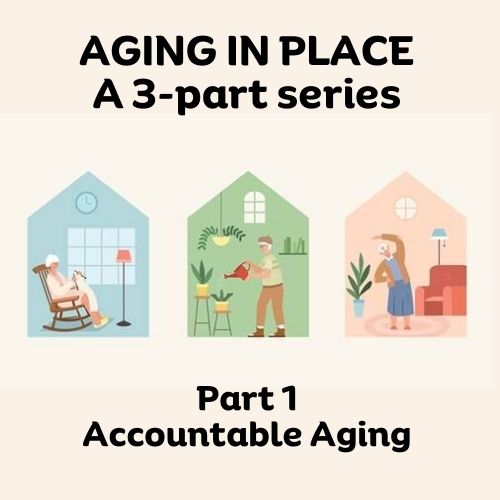Summer is here and the hot weather can cause ozone levels to rise, making the air unhealthy to breathe, especially for people with asthma or other respiratory ailments. On days like today and throughout the hot summer months, it’s important to pay close attention to air quality. Like the weather, air quality can change from day to day or even hour to hour, and can have a serious affect on people’s health.
The Air Quality Index uses a color-coded system to display whether the five major air pollutants exceed air quality standards for the day. When the Air Quality Index reports unhealthy levels, people, particularly asthmatics and others with respiratory ailments, should limit strenuous outdoor activities.
During the summer when ozone levels rise, the number of people with asthma related symptoms admitted to hospitals and emergency rooms increases. Asthma rates – especially among children – have increased dramatically. Asthma affects 25 million people in the United States, including seven million children. That’s 8 percent of the population. One out of every 10 school-aged children is affected.
“Effective implementation of clean air laws has improved air quality and provided better protection for people living with asthma,” said Judith A. Enck, U.S. Environmental Protection Agency Regional Administrator. “Yet it still remains important for people to manage their asthma by knowing the warning signs of attacks, avoiding things that can trigger asthma attacks, and following the advice of their healthcare providers. Children are especially vulnerable, but can learn to manage their asthma at an early age with the help of their doctors, teachers, friends, and families.”
In addition to talking with health care providers, these steps can help prevent an asthma episode:
Play it safe. Ground-level ozone and particle pollution can make an asthma episode even worse. Look for the Air Quality Index (AQI) during the local weather report or go to EPA’s website http://www.airnow.gov
Don’t smoke in the home. Take it outside. One of the most common asthma triggers in the home is second- hand smoke. Take the EPA ‘smoke-free home’ pledge: http://www.epa.gov/smokefree
Break the mold. Mold is another asthma trigger. The key to controlling mold is controlling moisture. Wash and dry hard surfaces to prevent and remove mold. Remove, and if possible replace, moldy ceiling tiles and carpet. For more see EPA’s website: http://www.epa.gov/asthma/molds.html
For information on EPA’s regional asthma program and other asthma triggers please see: http://www.epa.gov/asthma/awm
To hear an audio podcast about asthma: http://www.epa.gov/region2/mediacenter/podcast.html































